Istria County Head Welcomes Tighter COVID Restrictions
ZAGREB, 22 July 2021 - Istria County prefect Boris Miletić on Thursday welcomed tighter COVID restrictions along the coastline because of the spread of the Delta variant, saying it was in everyone's interest to keep the tourist numbers recorded to date as long as possible.
Speaking to the press in Pula, he said arrivals and overnights in the first seven months of this year were at 60% of those in the corresponding period in 2019, a record year for tourism.
"2020 can't be a reference point of comparison as it would turn out that we were 200% better. In July alone, in the first 20 days, we recorded 90% of the arrivals and overnights recorded (at the same time) in 2019."
More tourists than the domestic population in Istria
Miletić said 236,000 tourists were currently staying in Istria, which has a population of 209,000, adding that 38% were staying in private accommodation, 38% in campsites, and 24% in hotels.
"In any case, we have to be maximally responsible because tourists don't want big parties and big gatherings, but to spend their annual vacation normally," he said, adding that he hoped responsibility would be evident at all levels so that this tourist year could be much better than the last.
Miletić said big gatherings were not necessary, except for various festivals like the ongoing Pula Film Festival. He added that big outdoor gatherings were a problem because it was difficult to control that many people and impossible to ban someone from coming.
For all you need to know about coronavirus specific to Croatia, including travel, border, and quarantine rules, as well as the locations of vaccination points and testing centers across the country, make sure to bookmark our dedicated COVID-19 section and select your preferred language.
PHOTOS: Epic Croatia Weather Photography Stuns The World
December 20, 2020 – The 13 winners of the incredibly popular World Meteorological Organization annual competition have just been announced, and two fine pieces of Croatia weather photography are among them. These spectacular images of Croatia weather photography show all 9 Croatian photographs which reached the final in 2020 and all 10 Croatian finalists who similarly stunned the global audience in 2019
Croatia weather photography: the two newly announced winners from the 2020 competition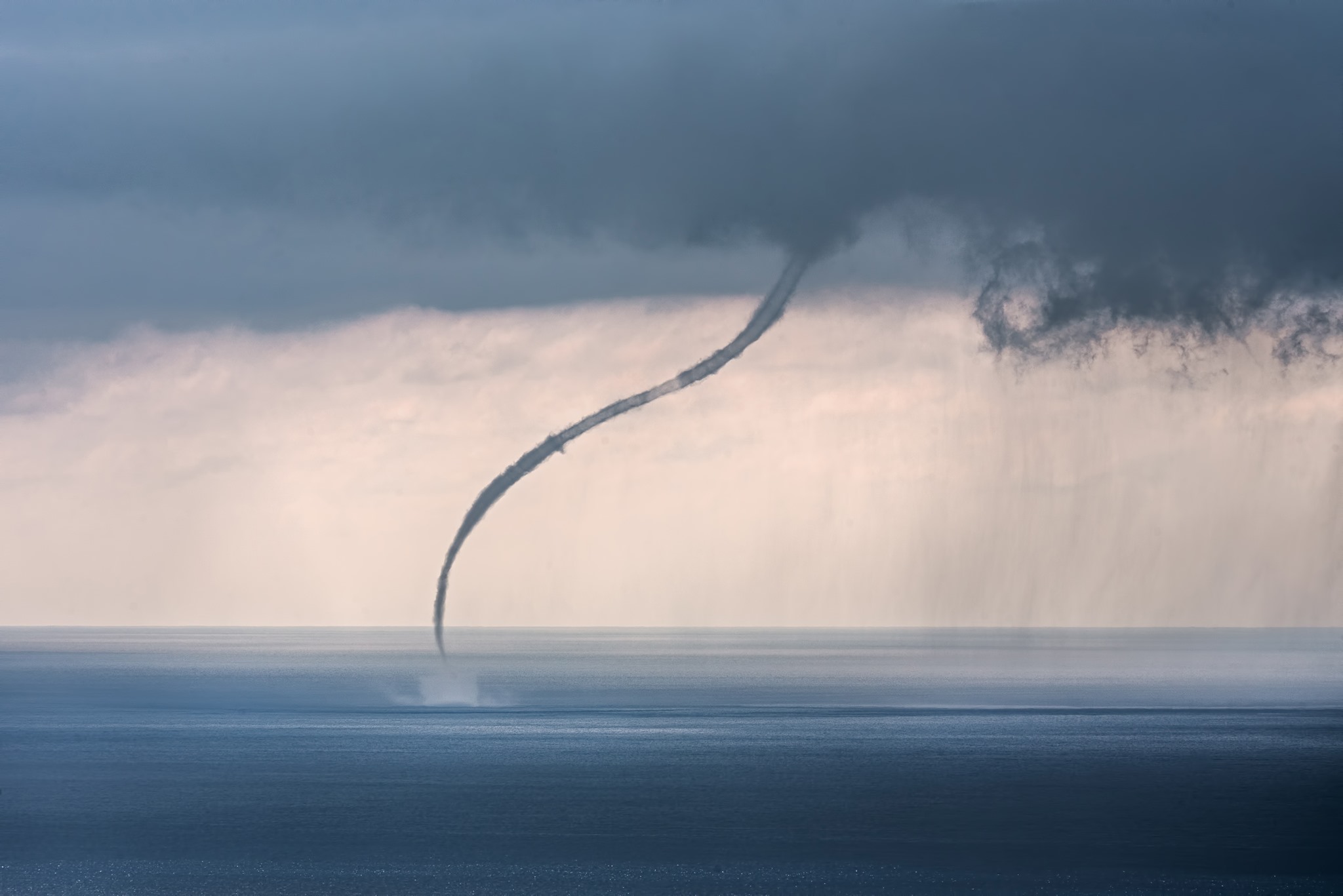 Photographer: Sandro Puncet Photo taken: Losinj island
Photographer: Sandro Puncet Photo taken: Losinj island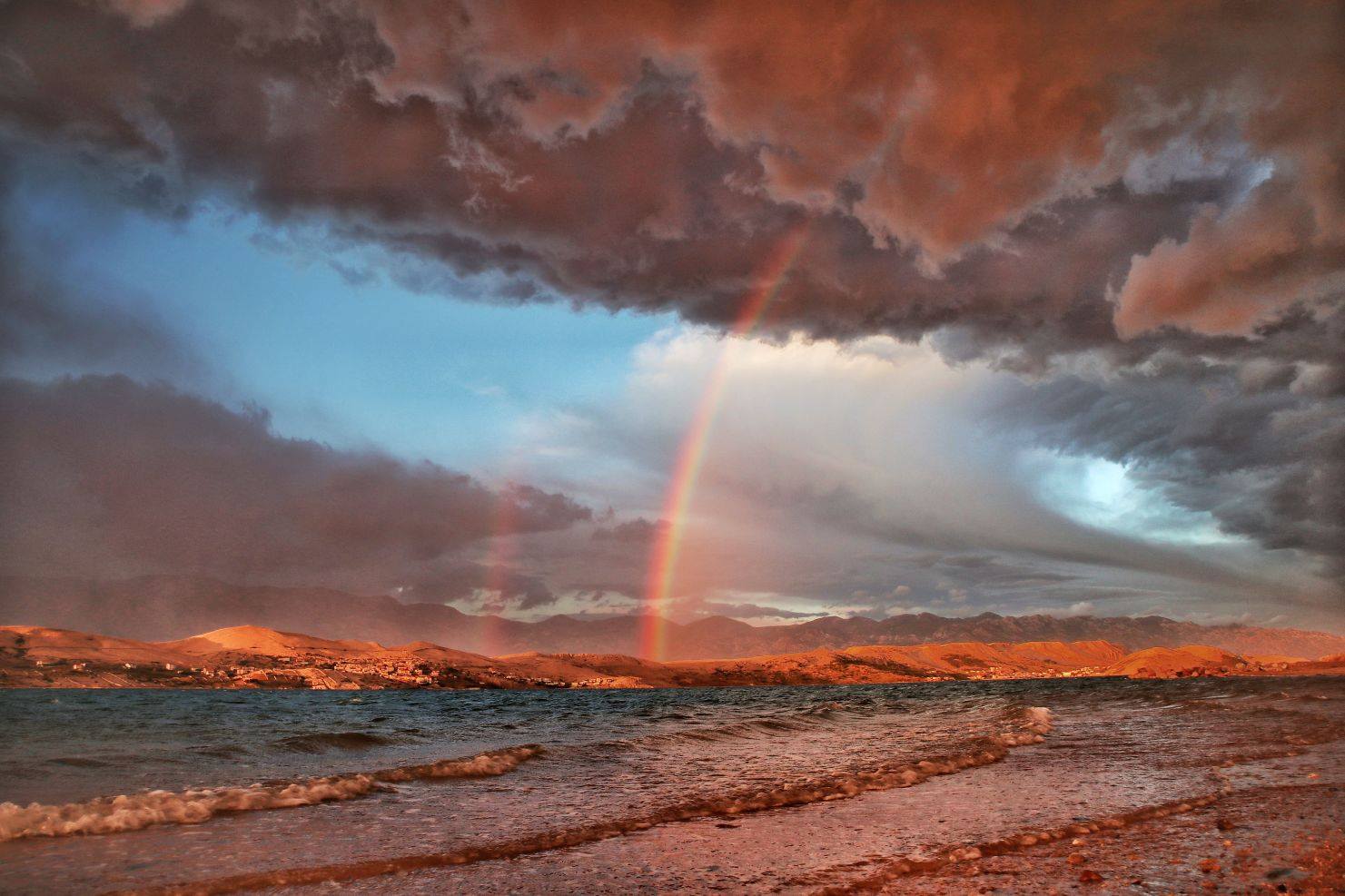 Photographer: Zrinka Balabanic Photo taken: Pag island
Photographer: Zrinka Balabanic Photo taken: Pag island
Thanks to its popularity as a tourist destination, lots of people are now used to seeing beautiful photos of Croatia. Although, the images they usually see are of idyllic beaches, cloudless skies, stunning nature and turquoise blue seas. But, as anyone who knows the country will tell you - and as these photos show - Croatia isn't always like that.
Croatia weather photography: the two newly announced runners-up from the 2020 competition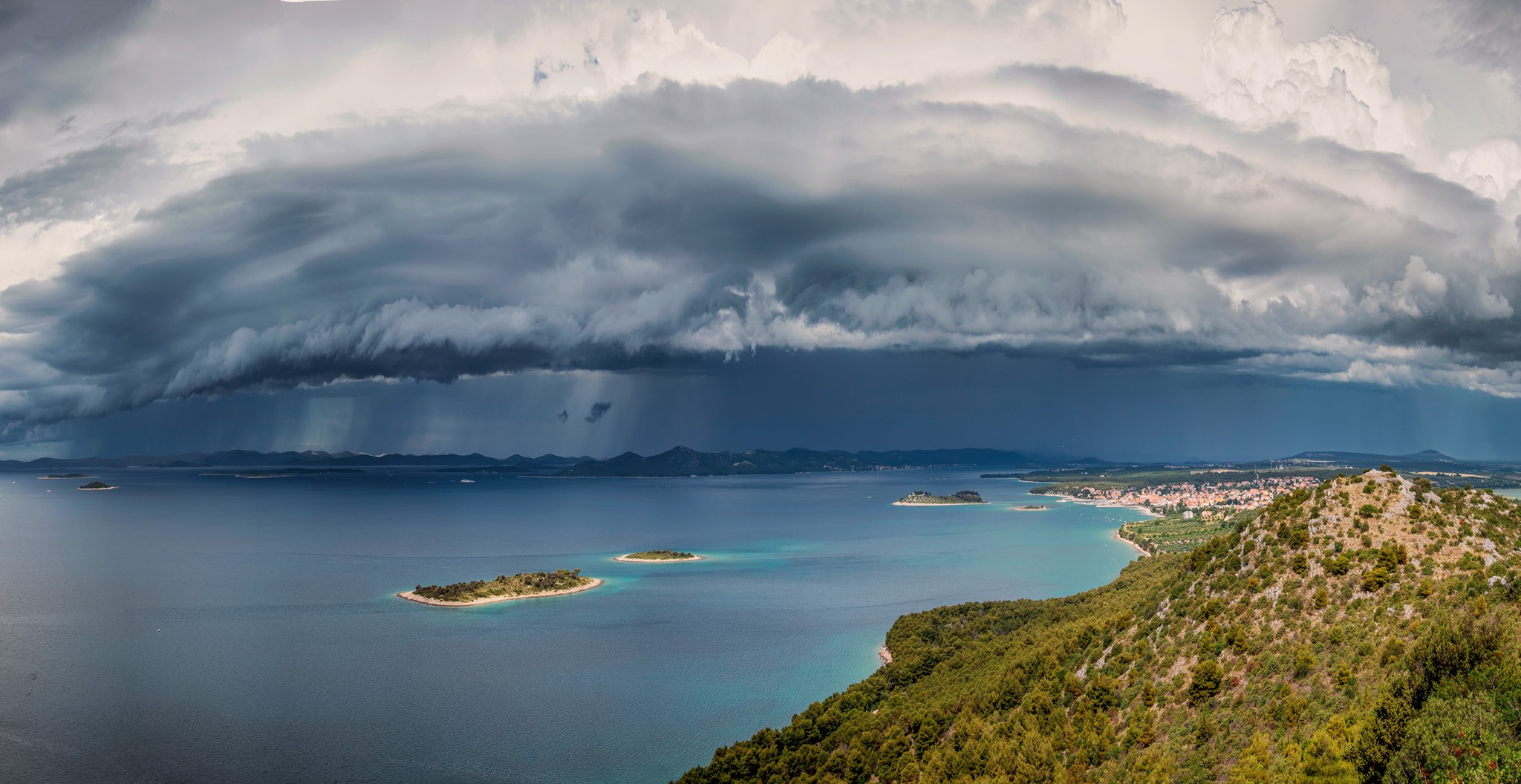 Photographer: Šime Barešić Photo taken: Drage, Pakostane
Photographer: Šime Barešić Photo taken: Drage, Pakostane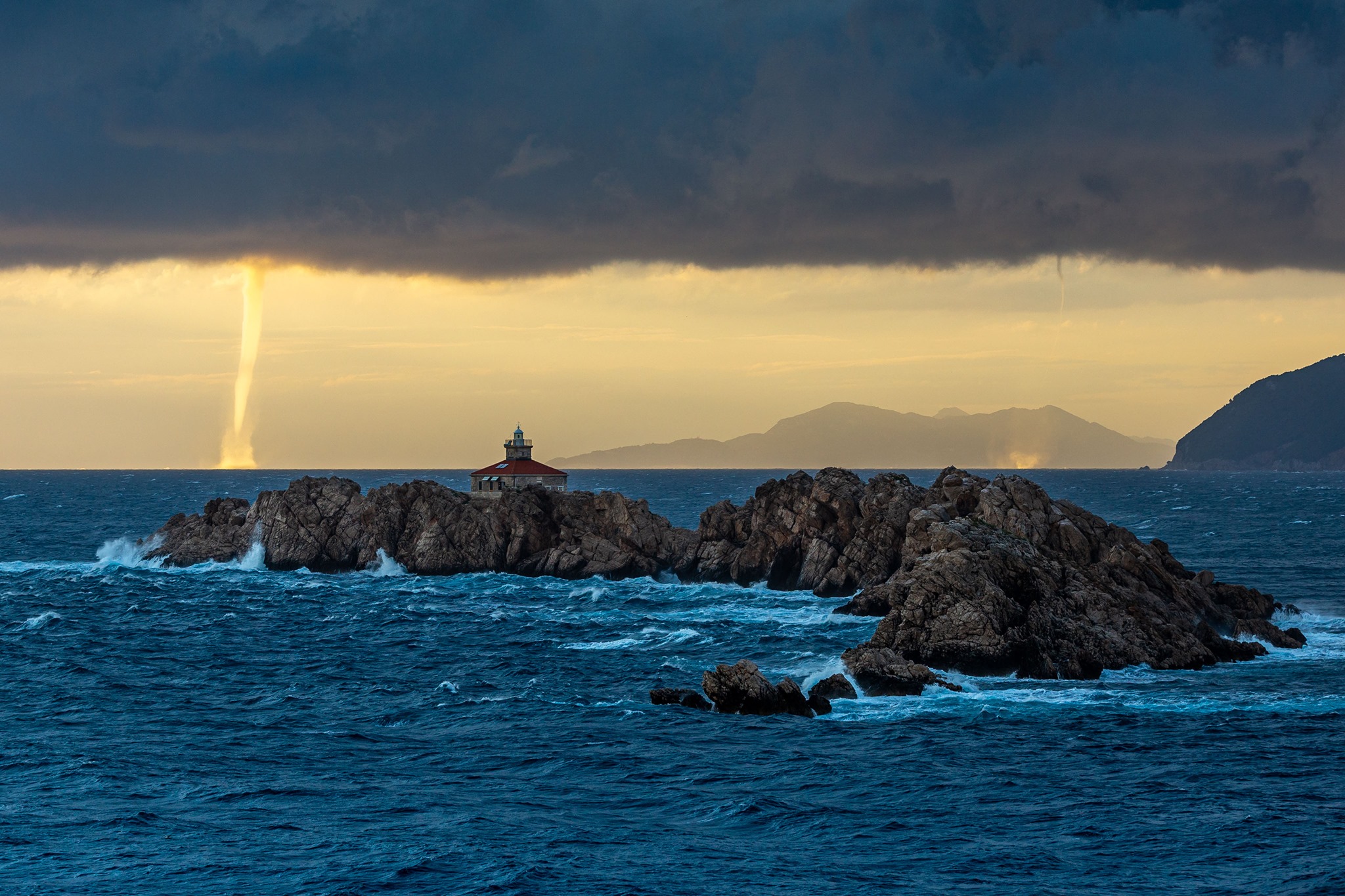 Photographer: Mislav Bilic Photo taken: Lapad Peninsula, Dubrovnik
Photographer: Mislav Bilic Photo taken: Lapad Peninsula, Dubrovnik
Out of season, Croatia can experience vastly different weather conditions to those advertised in travel brochures and blogs. And, whenever there's a spectacular weather occurrence, usually there's a photographer out there, braving the elements, trying to capture it.
Over recent years, some of the best Croatia weather photography has featured in the annual competition organised by the World Meteorological Organization. 2020 has been no different.
The other five Croatian finalists from the 2020 competition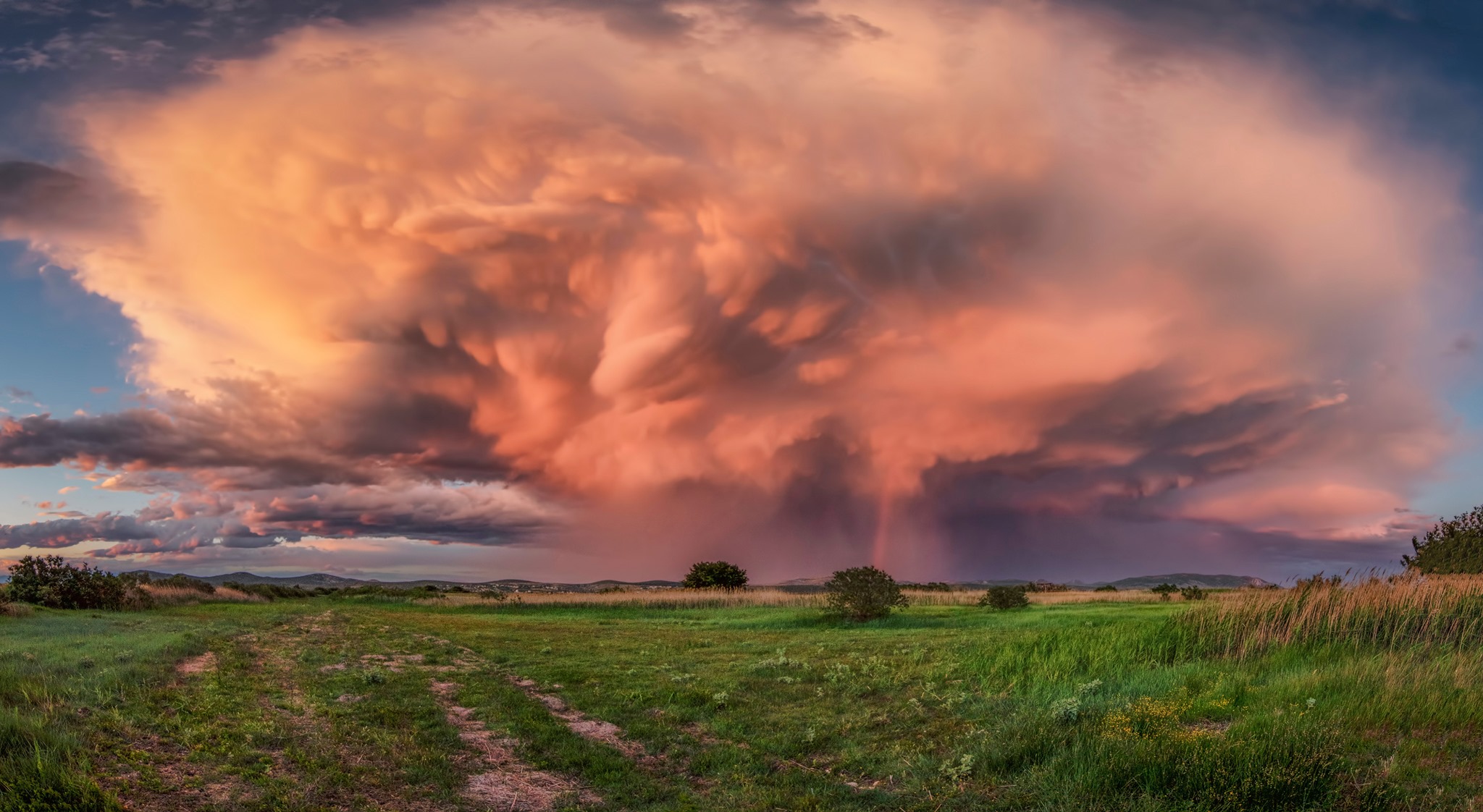 Photographer: Šime Barešić Photo taken: Drage, Pakostane
Photographer: Šime Barešić Photo taken: Drage, Pakostane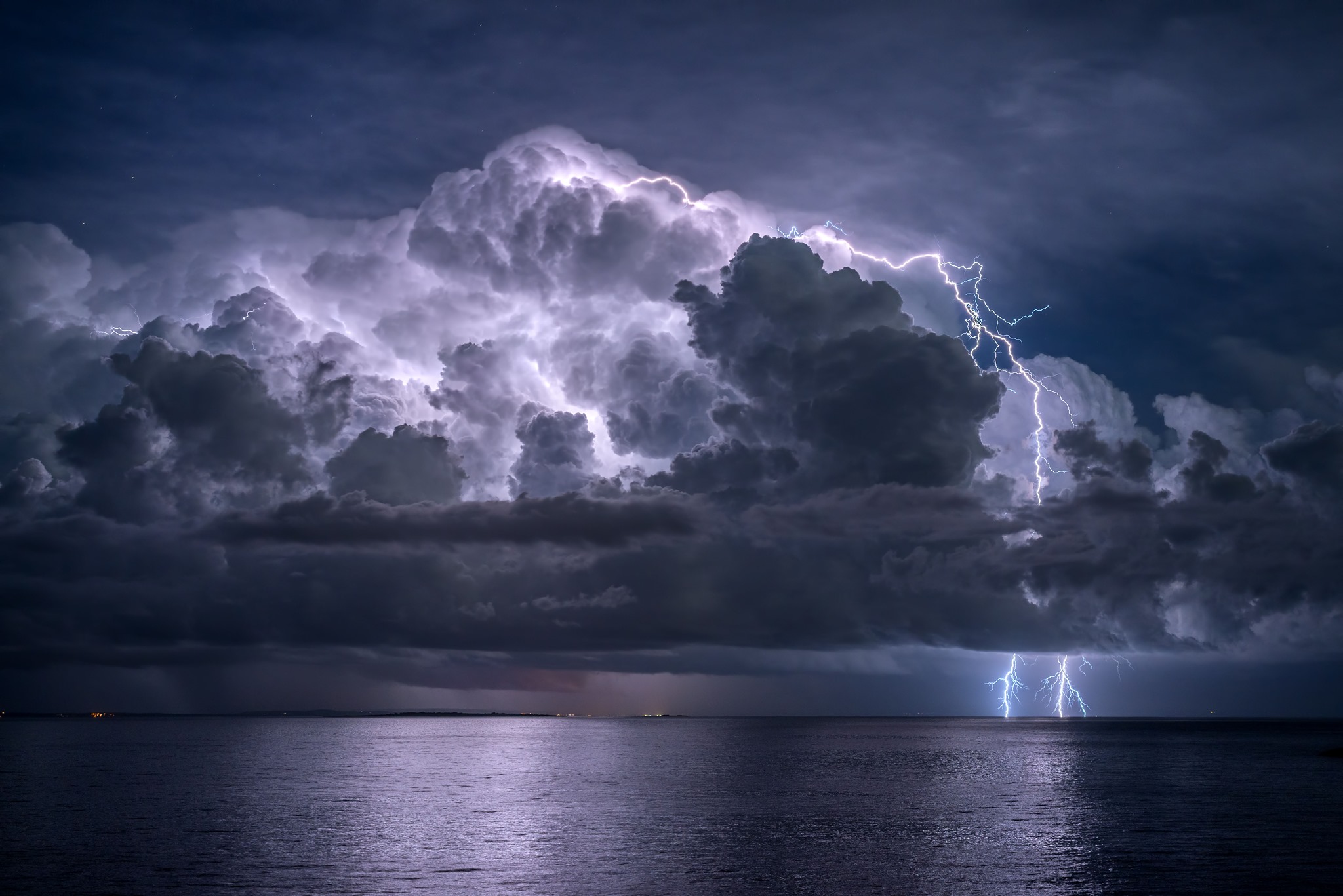 Photographer: Sandro Puncet Photo taken: Losinj island
Photographer: Sandro Puncet Photo taken: Losinj island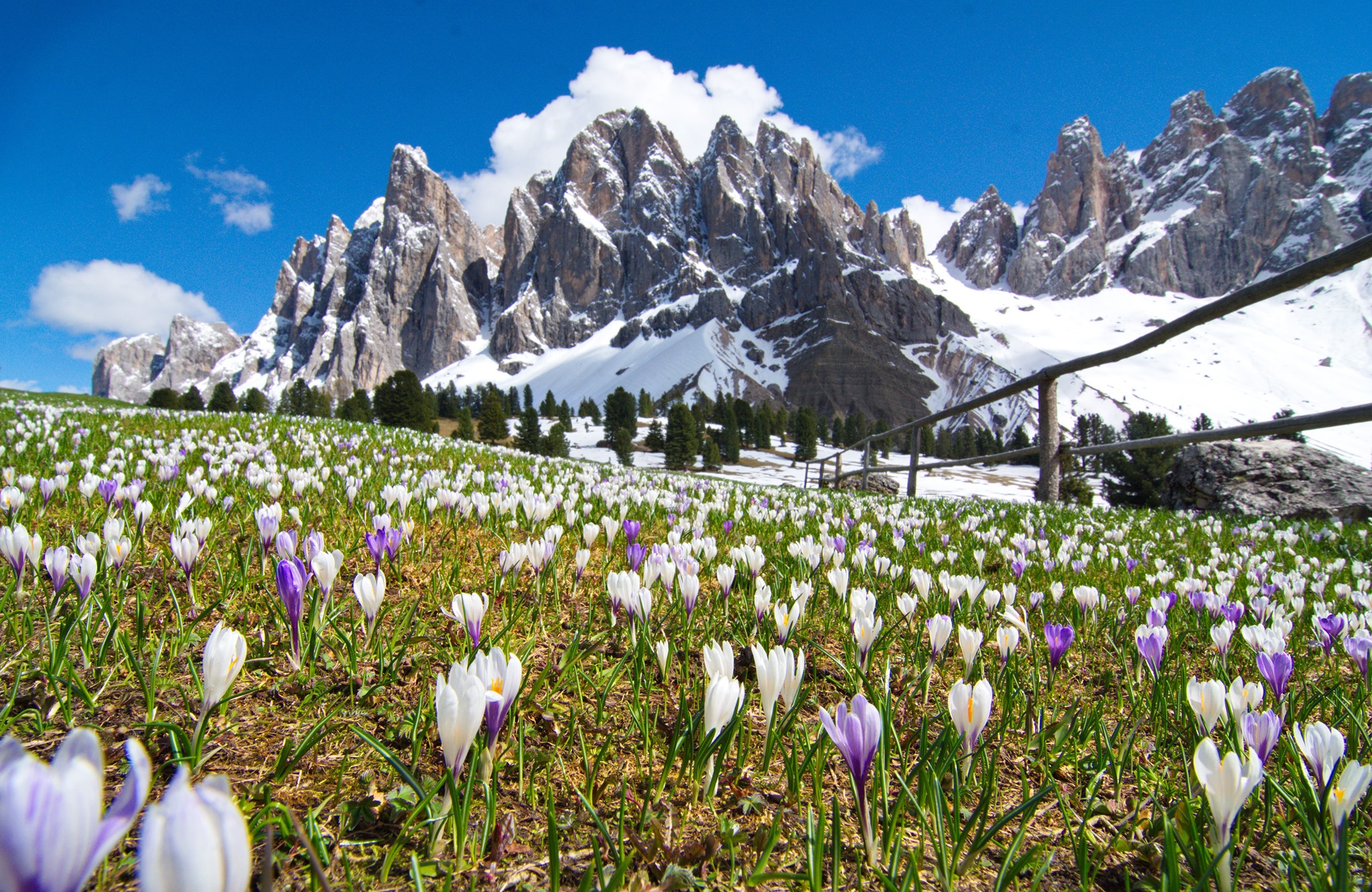 Photographer: Zoran Stanko Photo taken: Geisler Alm, Dolomites, Italy
Photographer: Zoran Stanko Photo taken: Geisler Alm, Dolomites, Italy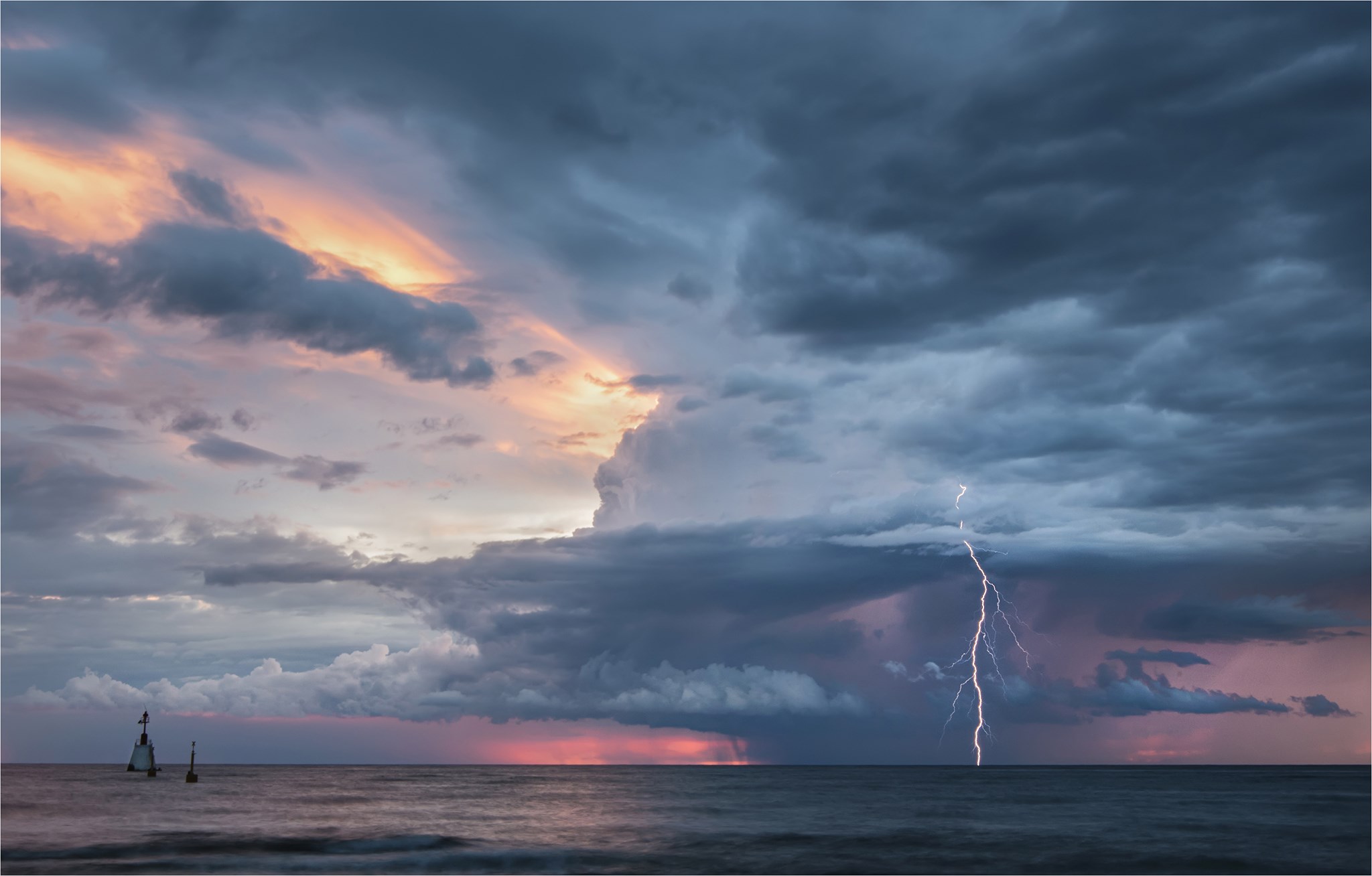 Photographer: Maja Kraljik Photo taken: Umag, Istria
Photographer: Maja Kraljik Photo taken: Umag, Istria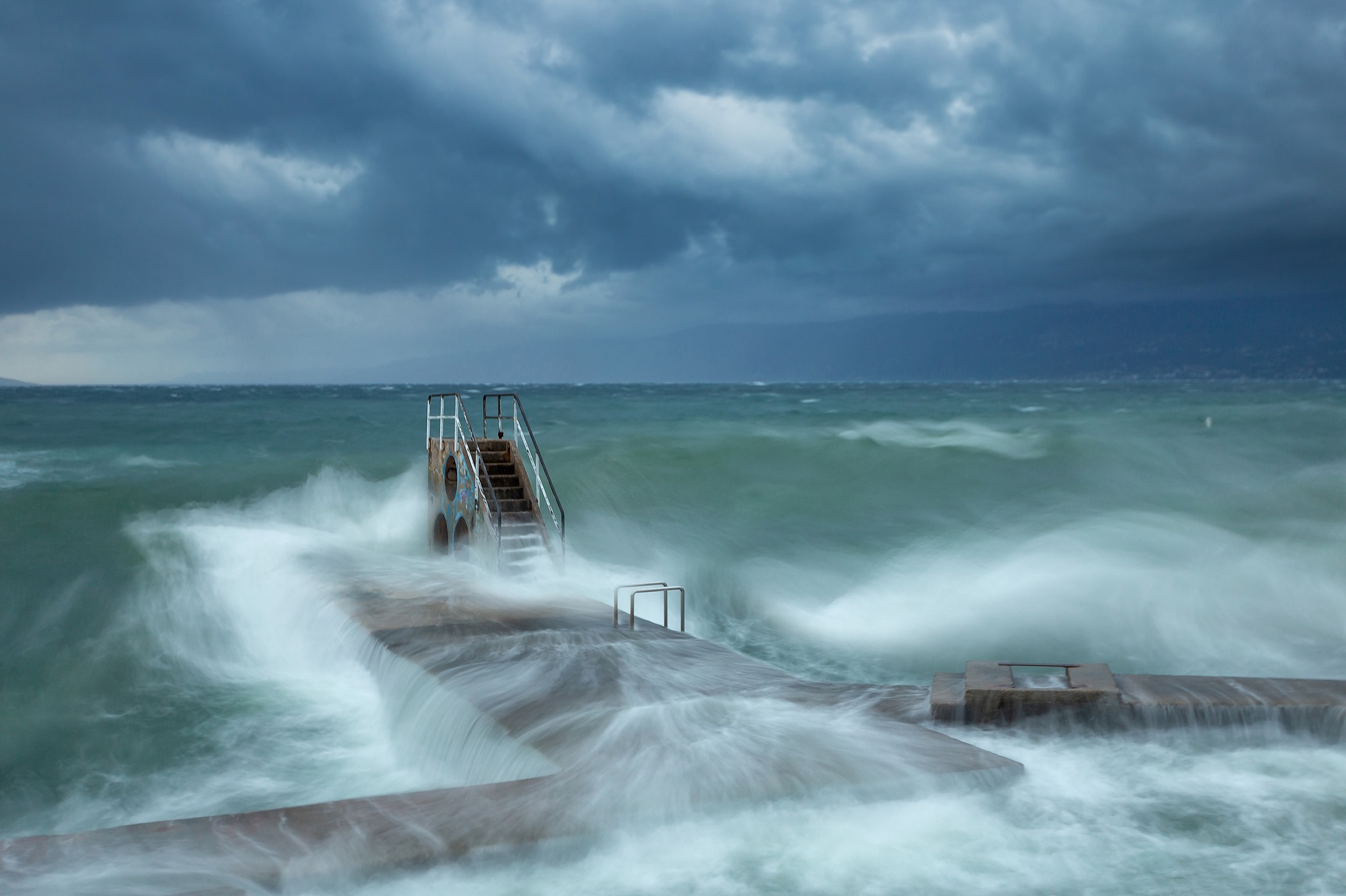 Photographer: Igor Popovic Photo taken: Rijeka
Photographer: Igor Popovic Photo taken: Rijeka
The winners of this year's competition have just been announced and the two fantastic examples of Croatia weather photography within the top 13 will take their place in the 2021 World Meteorological Organization calendar.
The 10 Croatian finalists from the 2019 competition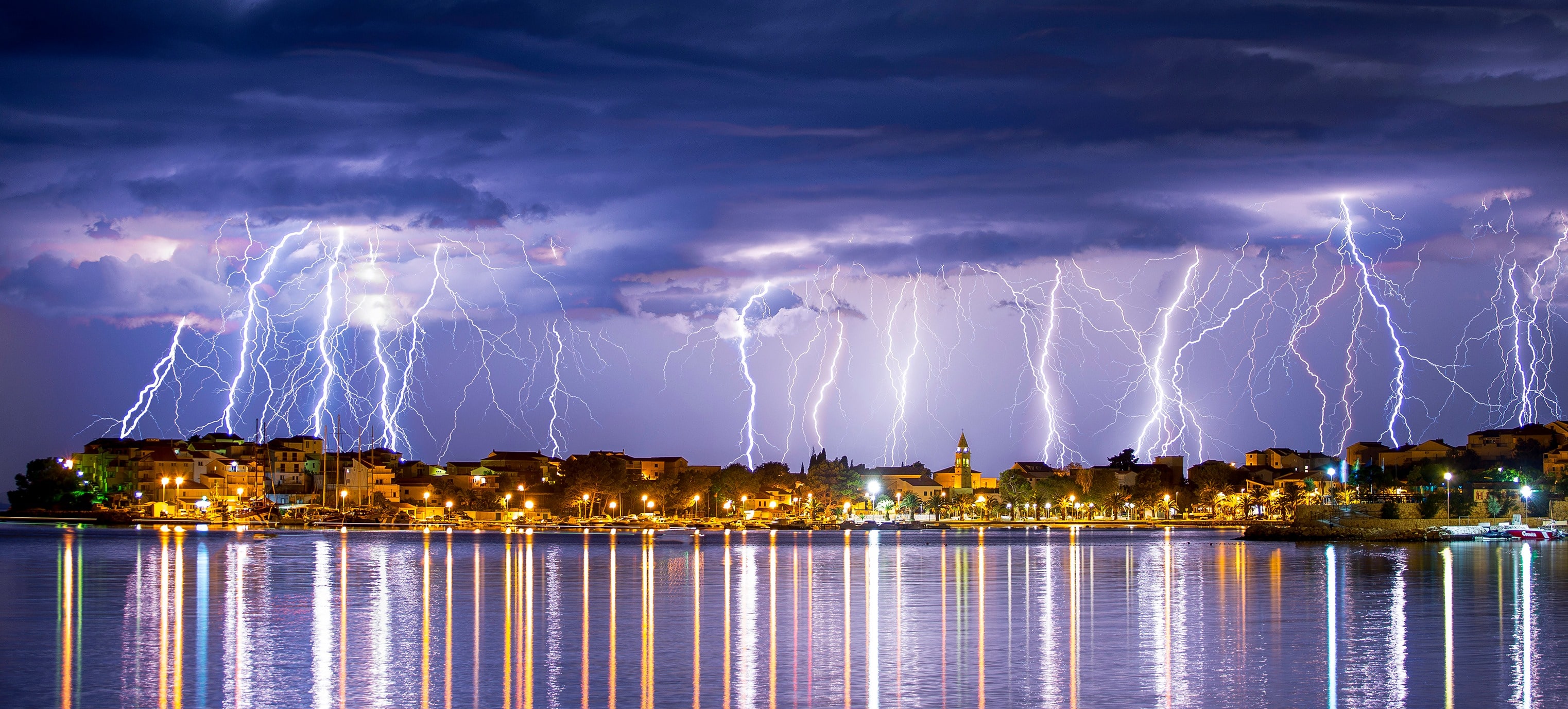 Photographer: Danica Sičič Photo taken: Srobreč, Dalmatia
Photographer: Danica Sičič Photo taken: Srobreč, Dalmatia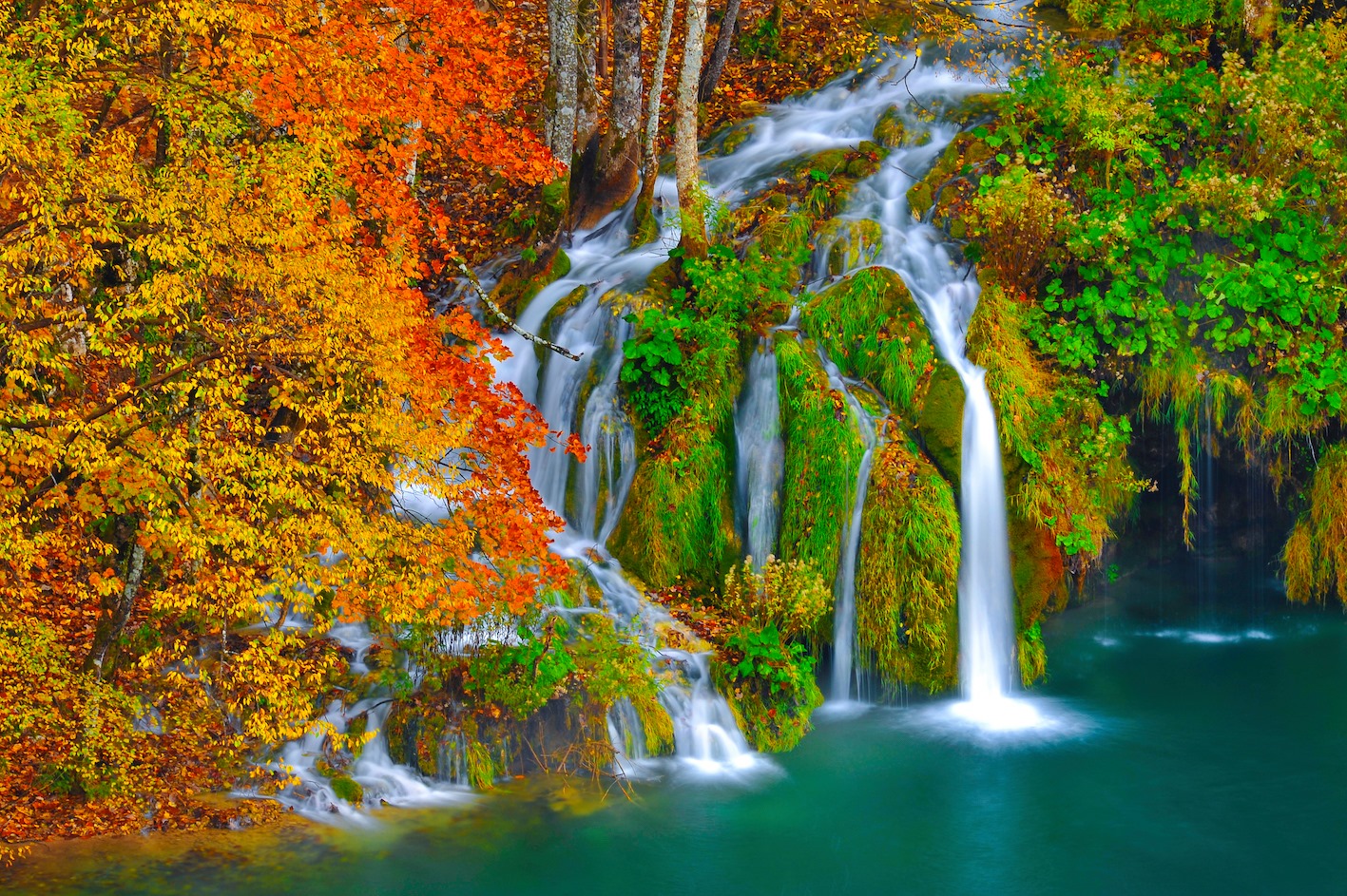 Photographer: Romeo Ibrišević Photo taken: Plitvice Lakes National Park
Photographer: Romeo Ibrišević Photo taken: Plitvice Lakes National Park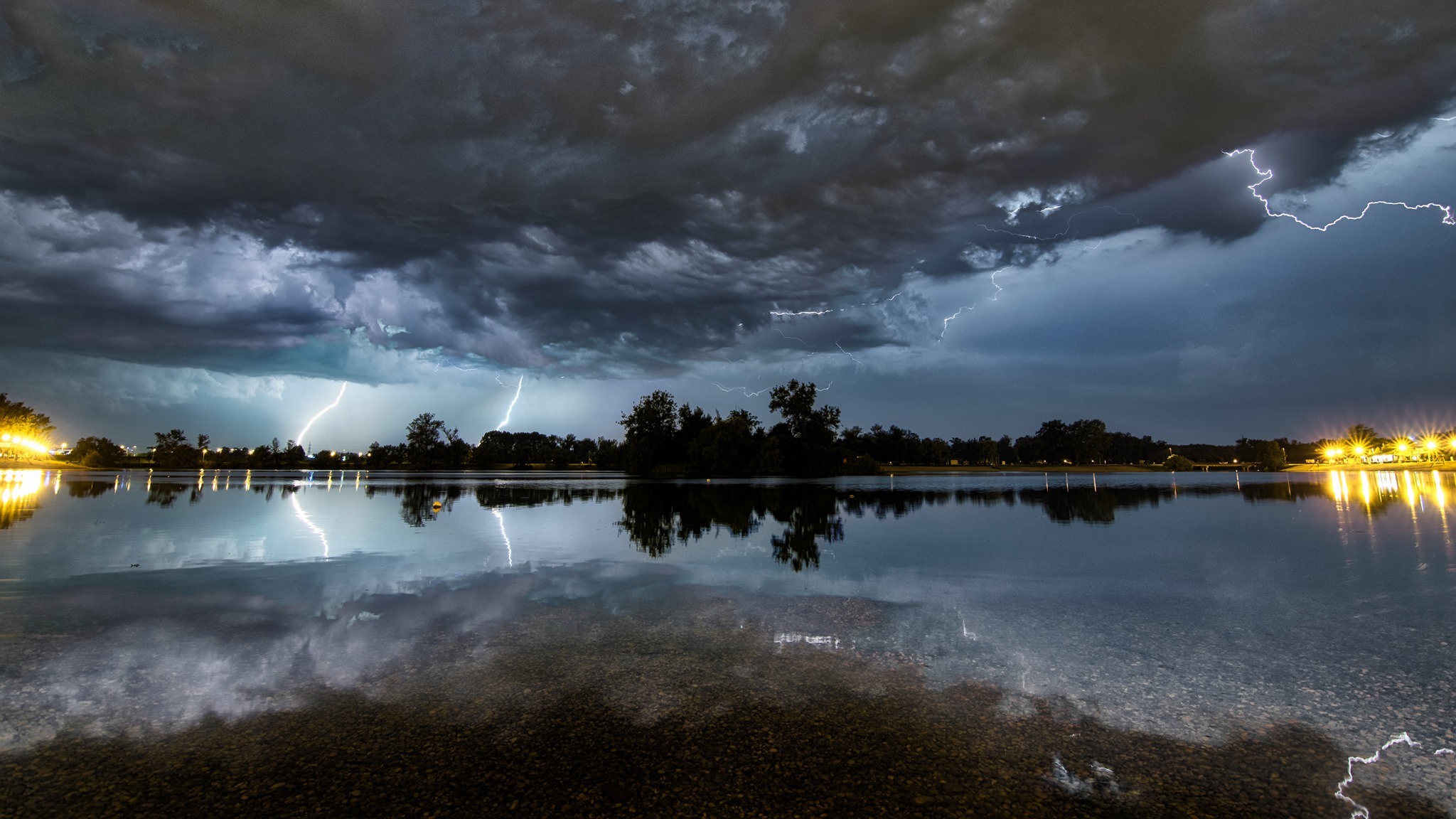 Photographer: Božan Štambuk Photo taken: Bundek park, Zagreb
Photographer: Božan Štambuk Photo taken: Bundek park, Zagreb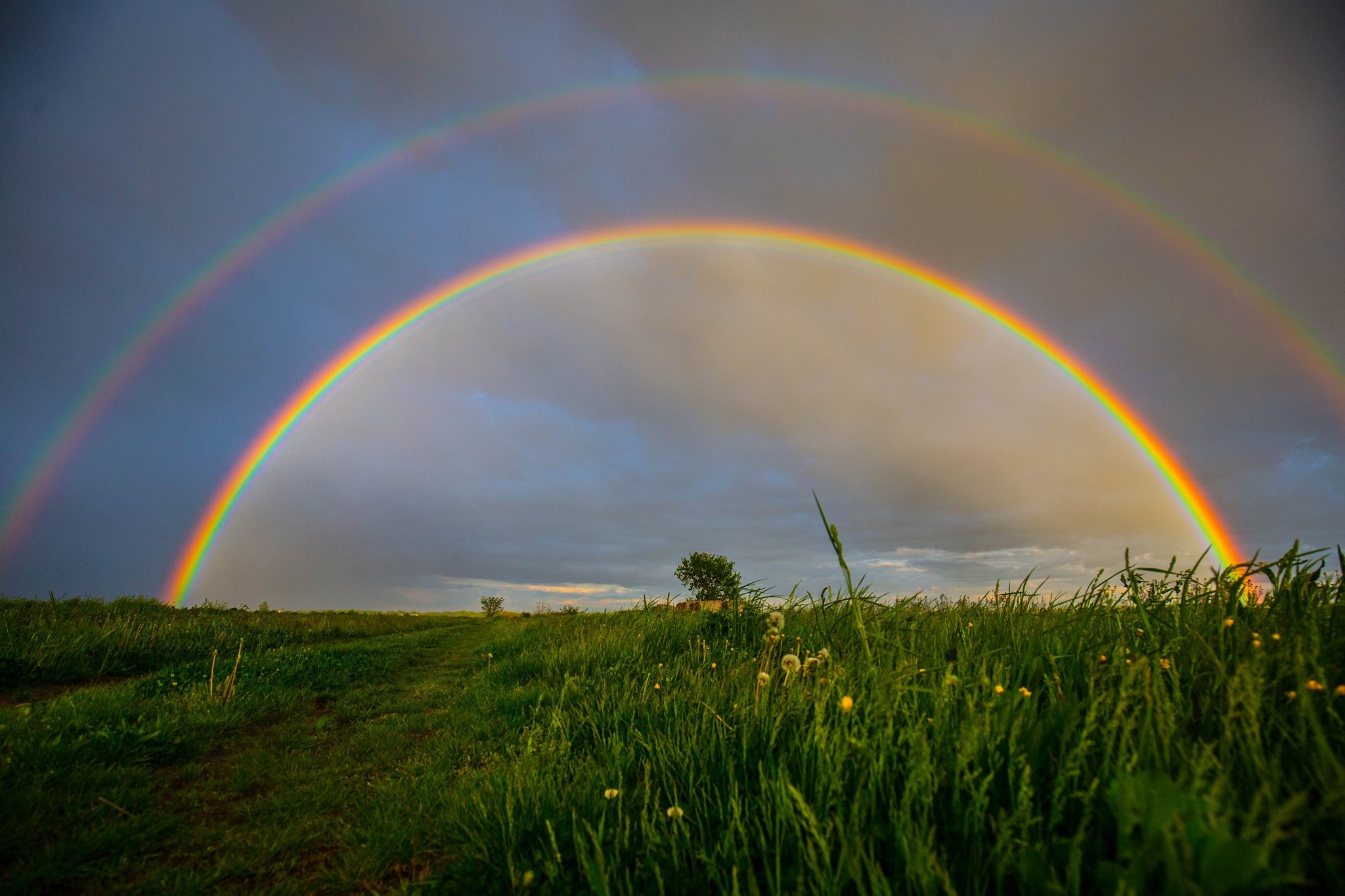 Photographer: Miroslava Novak Photo taken: Pribislavec, Međimurje
Photographer: Miroslava Novak Photo taken: Pribislavec, Međimurje
As well as the two winners, two further examples of Croatia weather photography came in the runner-up category, of which there were 12 in total.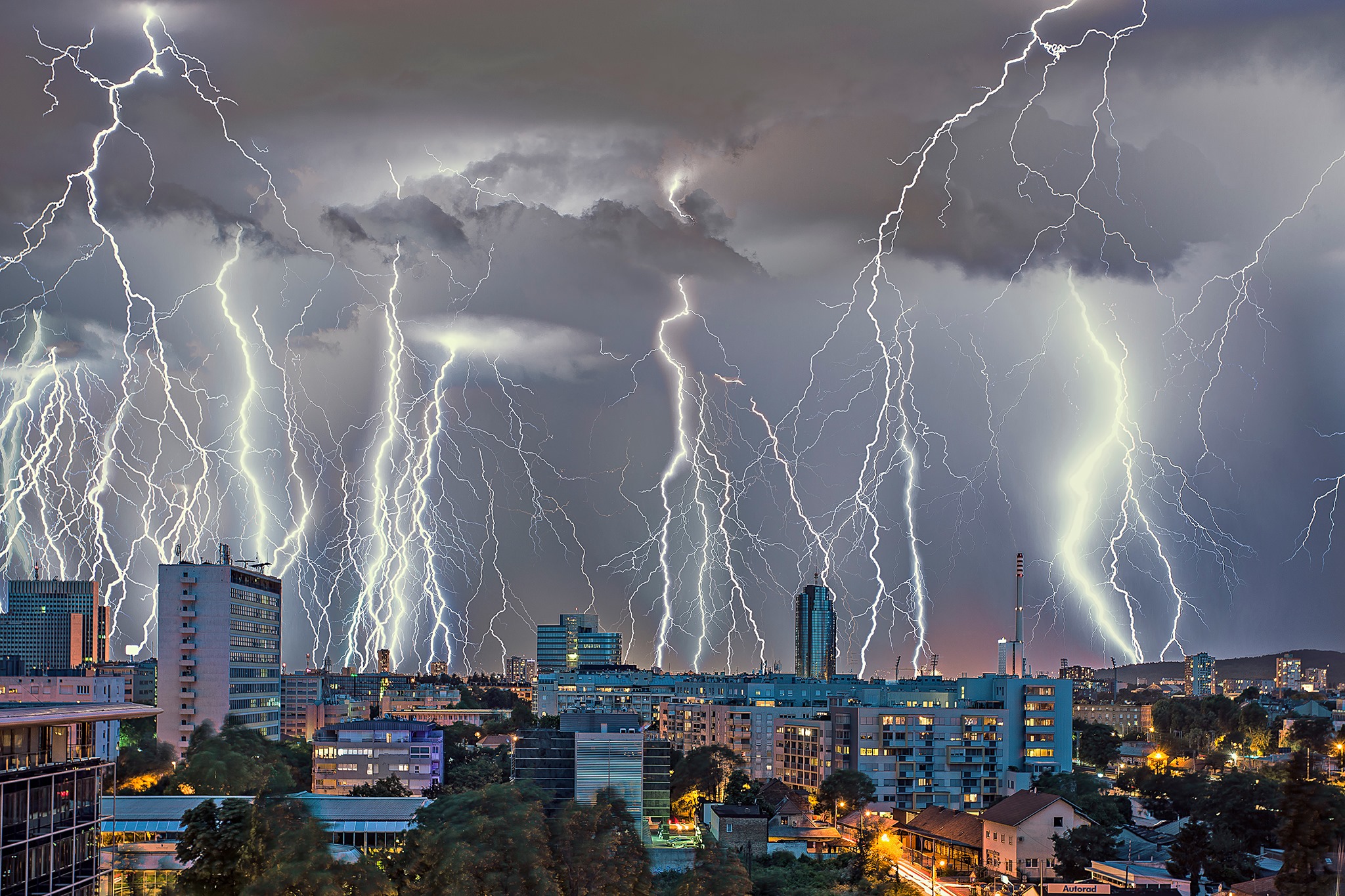 Photographer: Francesca Delbianco Photo taken: Zagreb
Photographer: Francesca Delbianco Photo taken: Zagreb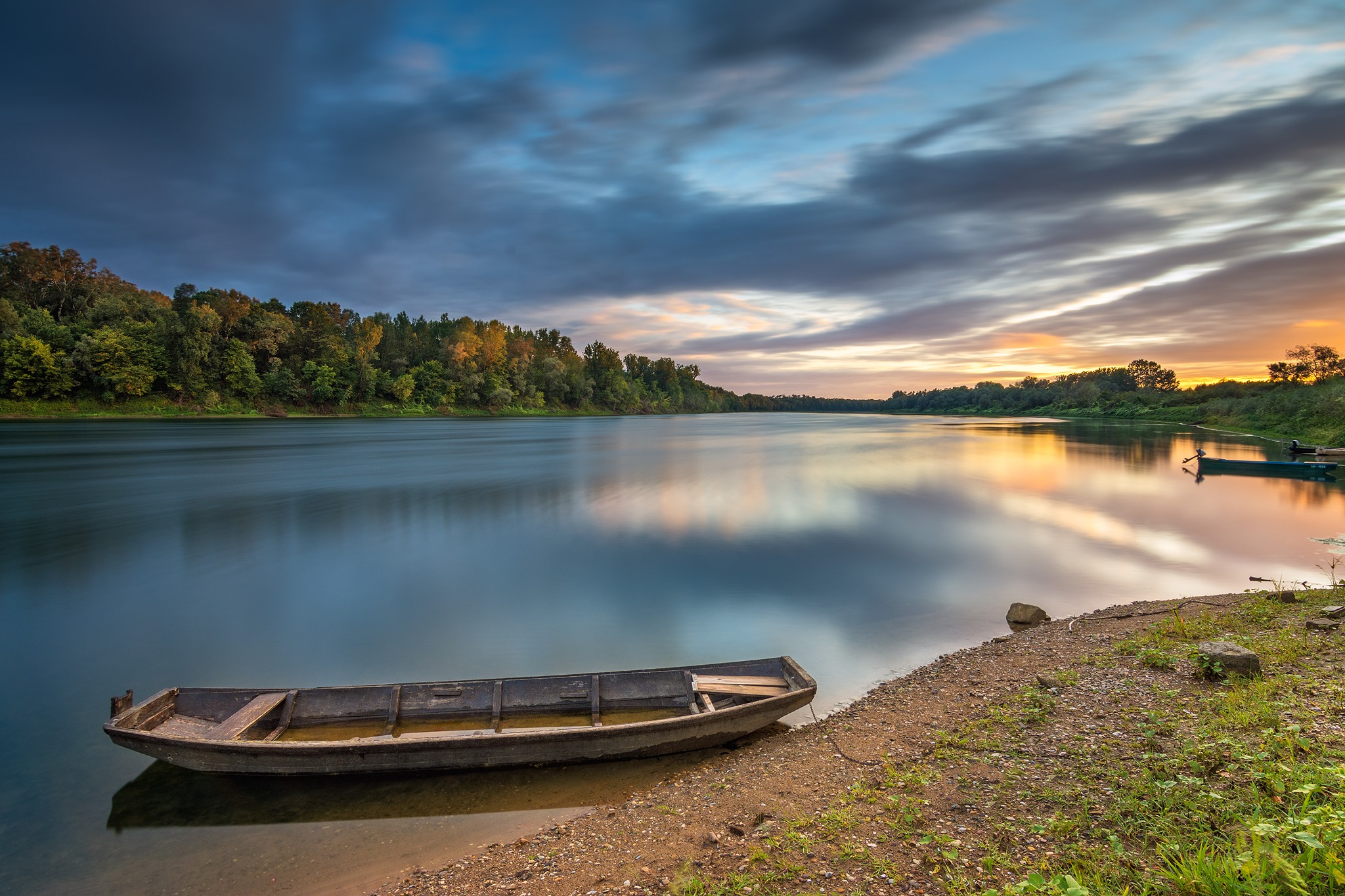 Photographer: Ivica Brlić Photo taken: Sava river, Davor, near Slavonski Brod
Photographer: Ivica Brlić Photo taken: Sava river, Davor, near Slavonski Brod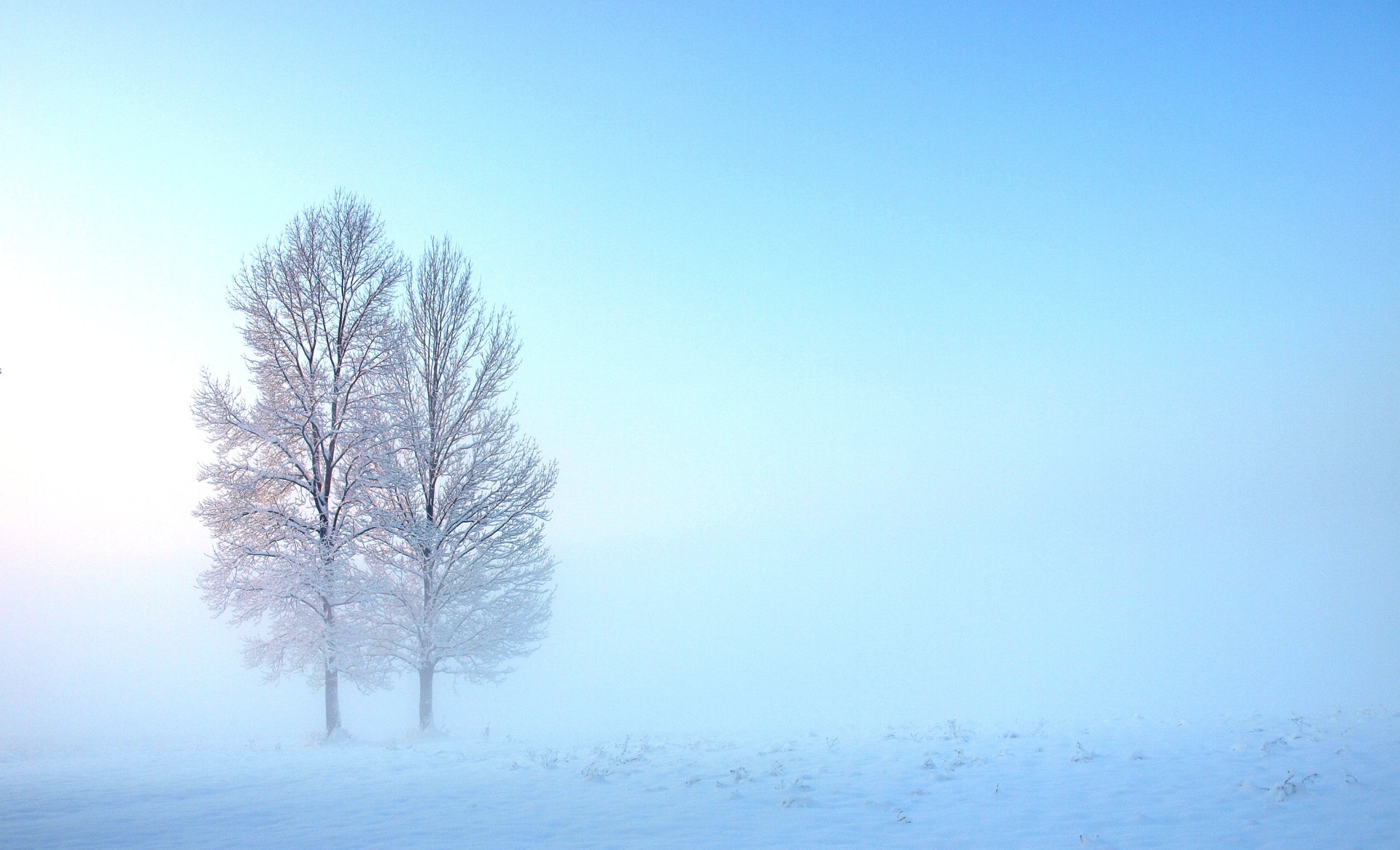 Photographer: Nataša Šafar Photo taken: Rečica, near Karlovac
Photographer: Nataša Šafar Photo taken: Rečica, near Karlovac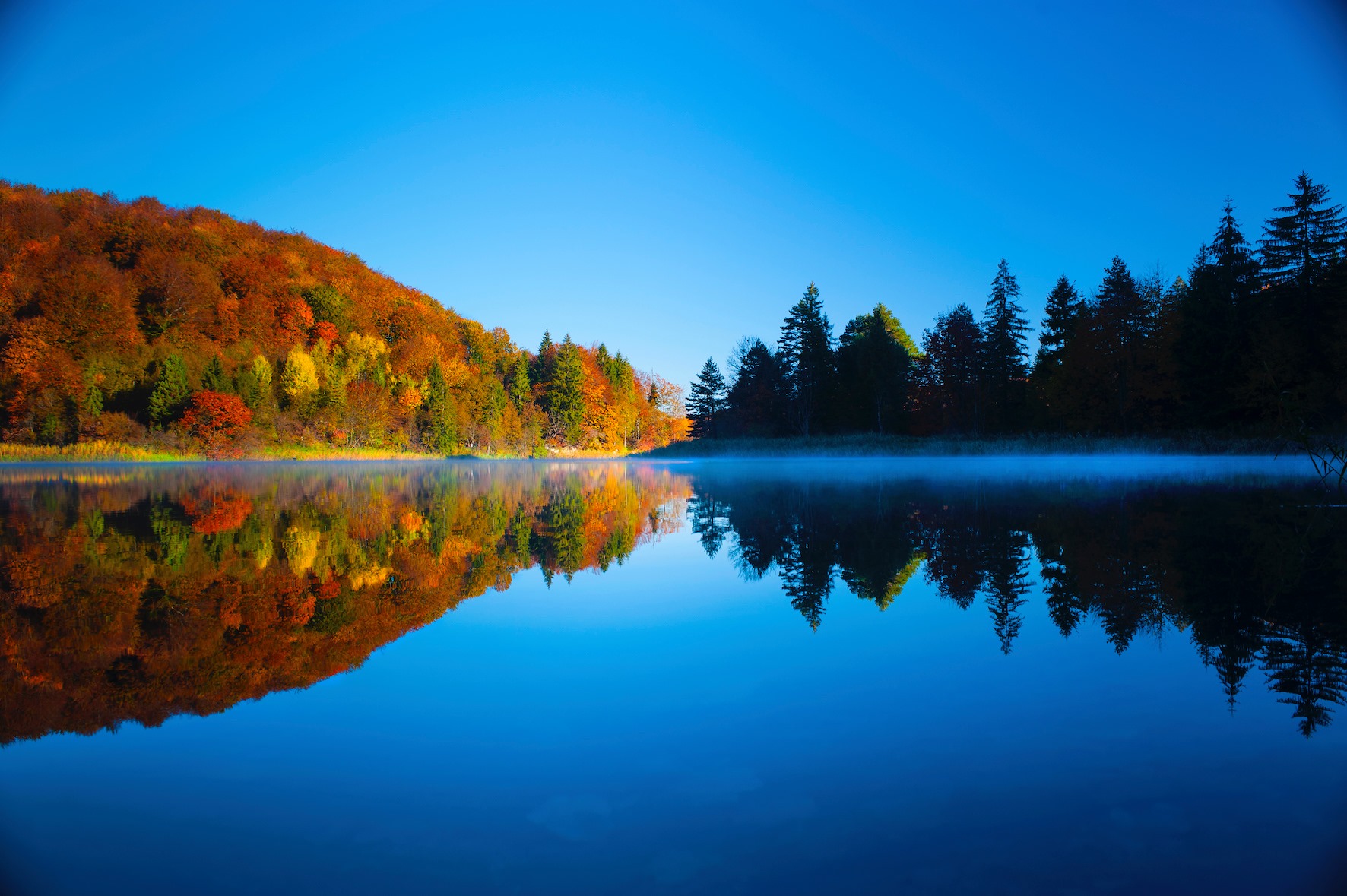 Photographer: Romeo Ibrišević Photo taken: Plitvice Lakes National Park
Photographer: Romeo Ibrišević Photo taken: Plitvice Lakes National Park
Over 1000 photographs from all over the world were entered in the 2020 competition. The submissions were narrowed down to a final selection of 70 contenders. As TCN reported back at the start of October, no less than 9 examples of Croatia weather photography made it into the final 70, taken by 7 Croatian photographers.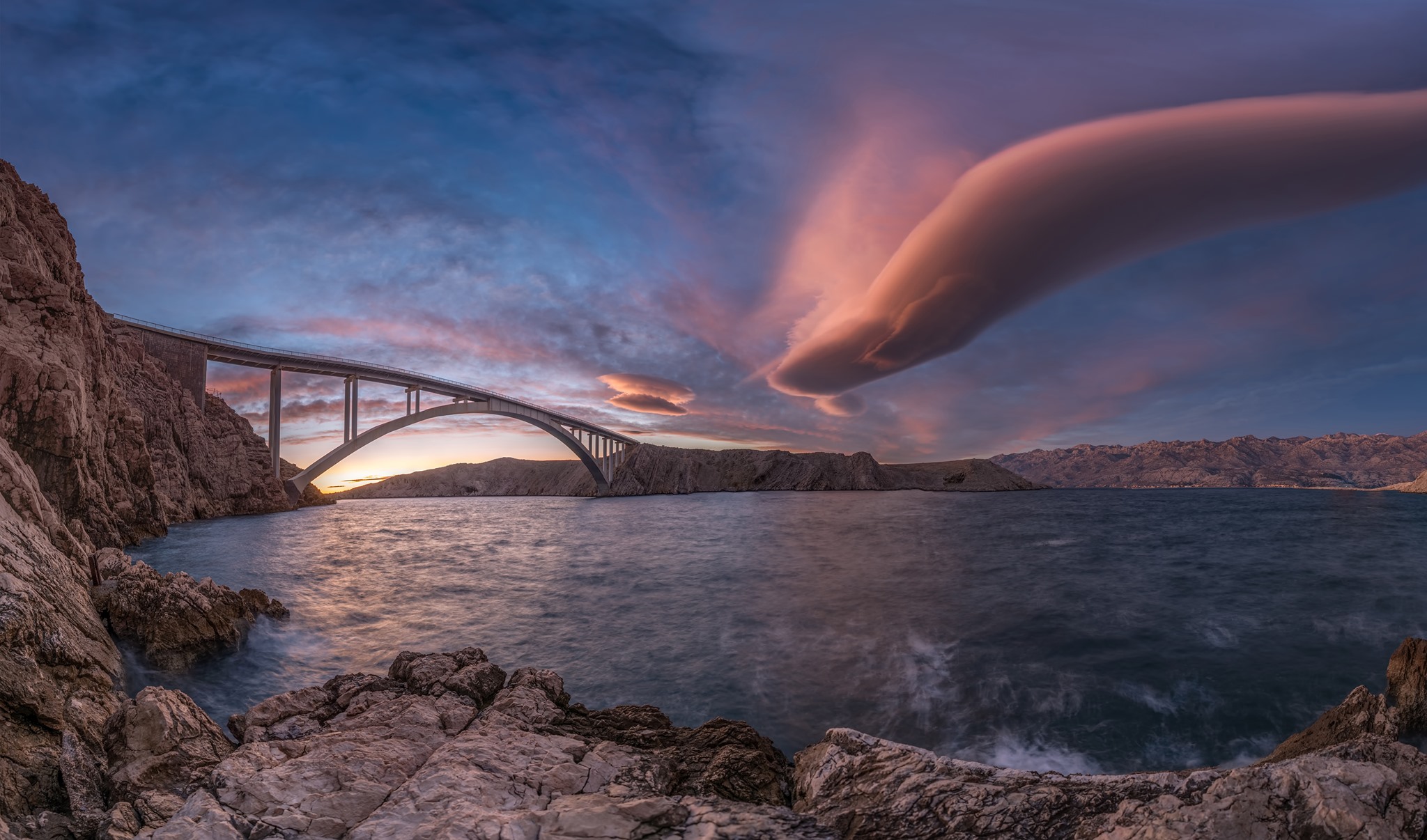 Photographer: Danijel Palčić Photo taken: Pag island
Photographer: Danijel Palčić Photo taken: Pag island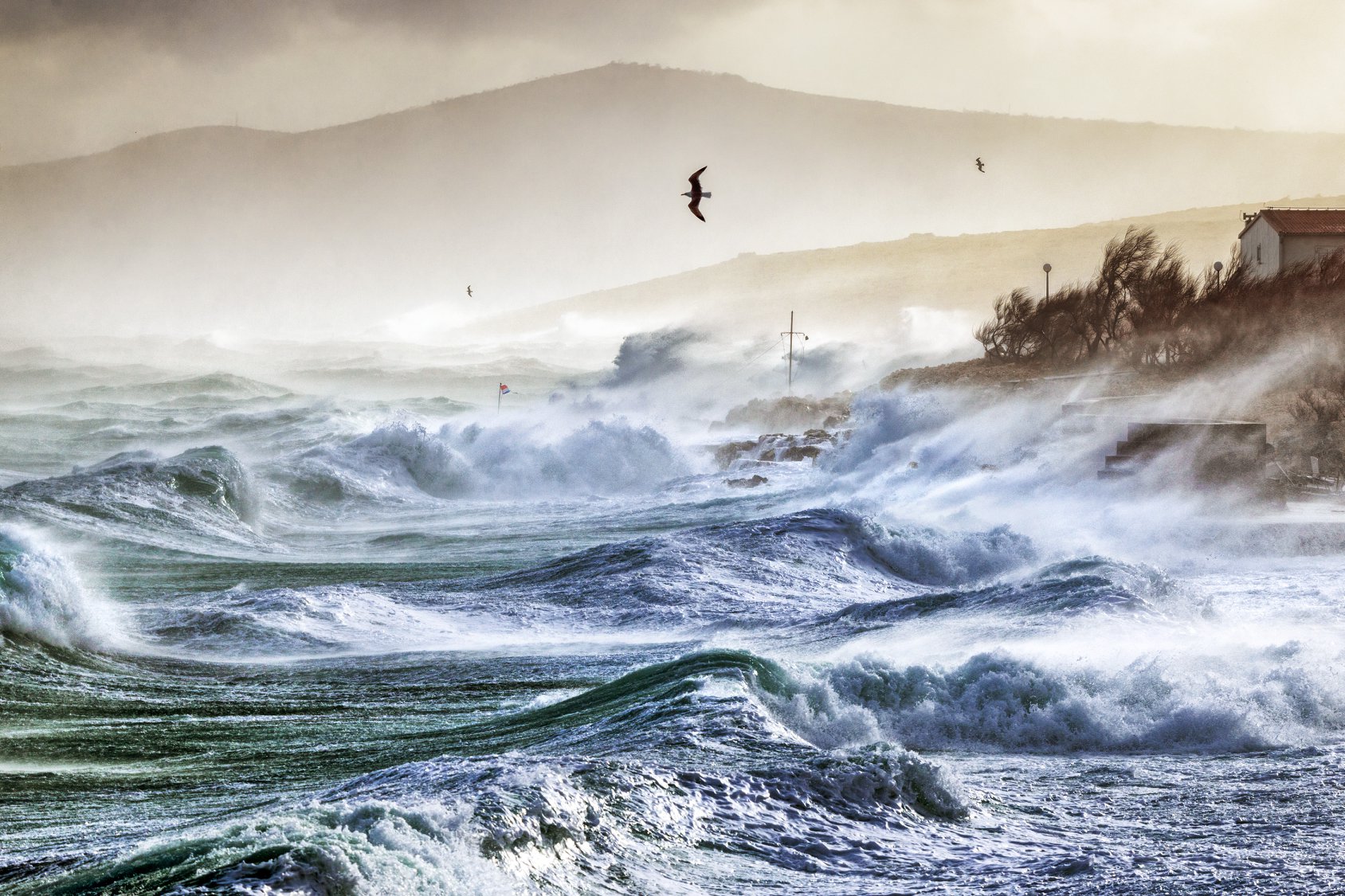 Photographer: Aleksandar Gospic Photo taken: Ražanac
Photographer: Aleksandar Gospic Photo taken: Ražanac
Croatia regularly punches well above its weight in the annual competition, as we can see from these 10 examples of incredible Croatia weather photography that were among the finalists in 2019.
All images courtesy World Meteorological Organisation
Open For Autumn: Istria the Only Coronavirus Free Region in Europe
October 15, 2020 – Istria the only Coronavirus free region in Europe, is safe to visit this autumn
Travel information provided by Belgian Foreign Affairs authorities currently places the Croatian region of Istria as the most successful in Europe at curbing the spread of Coronavirus. The region stands alone in being coloured green on the Belgian governmental map. As things currently stand, it can confidently be referred to as Istria, the only Coronavirus free region in Europe.
The map is produced by Belgian authorities as a travel guide. Although it currently says Istria the only Coronavirus free region in Europe, the situation could change at any time. The travel advice and map are constantly updated.
The green colour allocation is the highest possible allocation on the map. It means that 'travel is possible - hygiene and social distancing rules still apply.' This is great news for those hoping to visit Istria during autumn.
The autumn season is particularly inviting to many fans of Istrian cuisine as it is the time of year in which fresh truffles can be taken from the county's forests. Anyone planning to this year join the hunt for truffles can now do so confidently as Istria the only Coronavirus free region in Europe.
On 6th October 2020, Total Croatia News's Donatella Pauković wrote about the county's excellent epidemiological situation in an article in which Boris Miletić, mayor of Pula said 'Istria is Again an Example to The Rest of Croatia!'
The head of Istria County's COVID-19 crisis management team, Dino Kozlevac, praised residents of Istria for their widespread respect of suggested hygiene measures. Explaining the county's good epidemiological situation, he said that residents of Istria have been wearing protective masks in closed spaces for three months, and it is those efforts that have created these positive results. While the awarding of the green status does not mean there is zero risk of Coronavirus being currently present in Istria, its lone standing within the continent does mean that Istria is right now the safest place you can travel to in Europe.
Istria was in the world headlines earlier this month when it was voted the world's best olive oil making region in the world, for the sixth year running. Today it may be famous as Istria the only Coronavirus free region in Europe, but it will always hold its title as one of Europe's best areas of gastronomy. As well as olive oil and truffles, Istria is internationally recognised as one of southern Europe's best wine growing regions. Istrian malvasia and teran are famous all over the world.
For the latest travel info, bookmark our main travel info article, which is updated daily.
Read the Croatian Travel Update in your language - now available in 24 languages
The Holy Trinity of Istrian Wine: Malvazija
November 28, 2108 - The second in a series of three articles unveiling the most important Istrian wines.
Regarded as the absolute queen of Istrian vineyards, Malvazija is the most widespread white grape variety in Istria, and the second most widespread in Croatia. The name “Malvazija” is present in various forms (Italian: Malvasia; French: Malvoisie; English: Malvesie, or Malmsey), and is of Greek origin, derived from Monemvasía, a small town in the Peloponnese historically known for extensive export of the Malvasia grape family throughout the Mediterranean. However, Istarska Malvazija is today considered to be an authentic Istrian variety, as DNA analysis had confirmed that it is different from all the other Malvasia varieties.
These grapes are capable of producing wines in versatile styles, including dry, sparkling and sweet, while their color ranges from light yellowish to amber. Istrian Malvazija is typically described as a well-rounded, harmonious wine with a notable fruity and floral character. Malvazija's distinct aroma is reminiscent of acacia flowers, and the dominant fruit flavors are usually those of apple and apricot, whereas more ripe Malvazija wines also have a hint of bitter almond.
Though it was long believed that Malvazija is best enjoyed as young as possible, nowadays aged Malvazija wines are conquering the market as well. Ideally, this elegant Istrian white is aged in barrels made of acacia wood, as this perfectly complements its natural aroma, and in addition, some winemakers have recently started aging it in Georgian qvevri and amphorae, as well.
In Istria, you will easily find top quality Malvazija wine all across the peninsula, but the no.1 destination for its biggest fans is Brtonigla, a small town in the Istrian northwest which hosts the annual Festival of Istrian Malvasia.
On top of being a true Istrian favorite, Istrian Malvazija received world-class recognition as the first Croatian wine for which a special glass was designed by Georg Riedel of Riedel The Wine Glass Company himself. The Malvasia Istriana glass was chosen by 50 Croatian wine experts and was presented at the 2013 Vinistra wine fair in Poreč.
Depending on the style, the versatile Malvazija wines are very food friendly: they are typically enjoyed with a number of light pasta dishes, seafood, and white fish, but they also pair well with various desserts.
For more related articles, make sure you follow our designated gourmet page.
Istra Inspirit Wins 7th Award with European Cultural Tourism Network
Istra Inspirit is a multi-award winning adventure tourism project that enriches the cultural and tourist offer of the peninsula by reviving historical events in authentic locations, through Istrian legends and myths.


